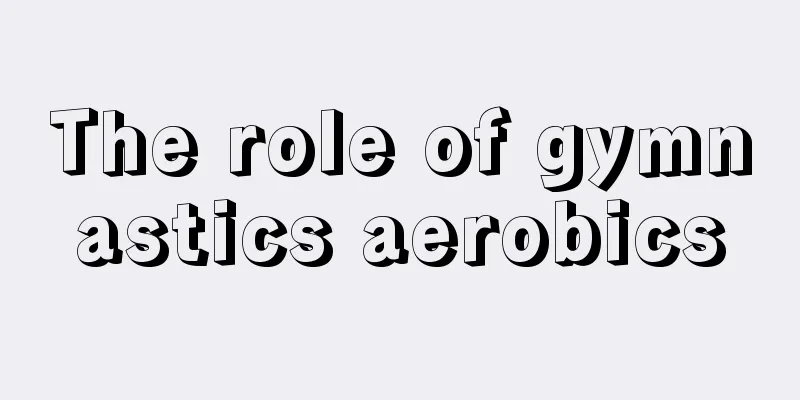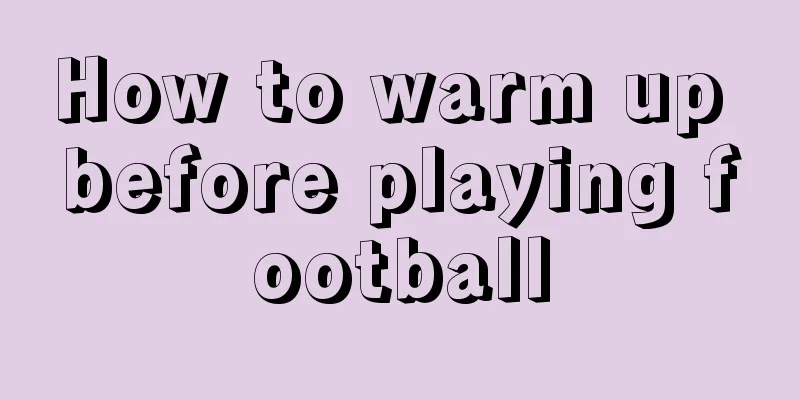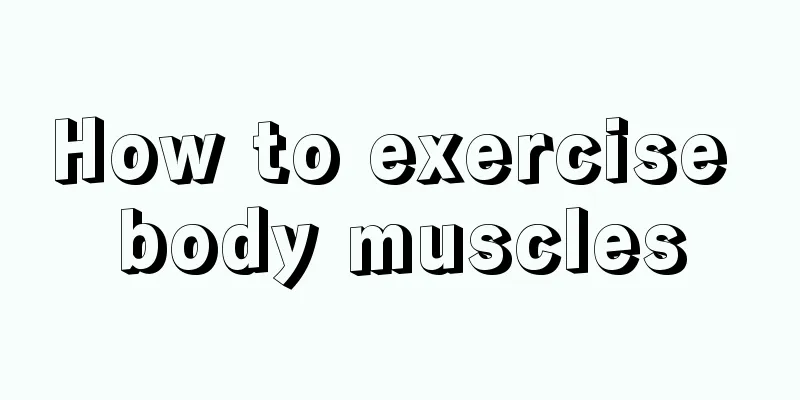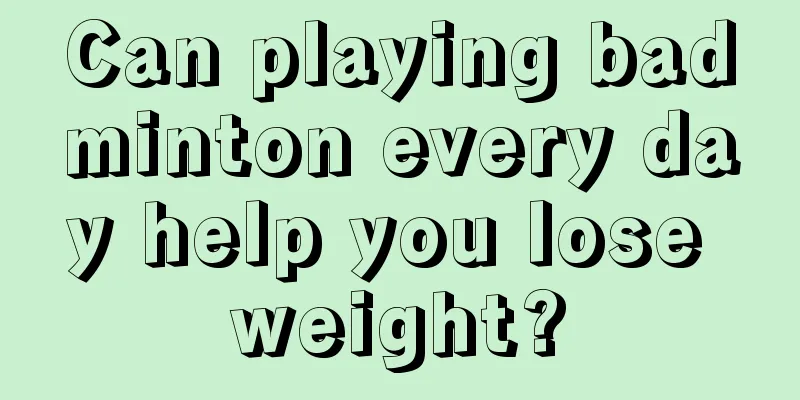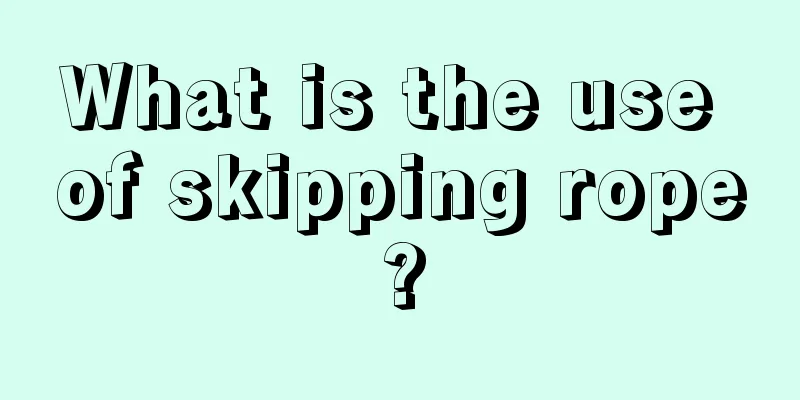Movement of the elbow joint
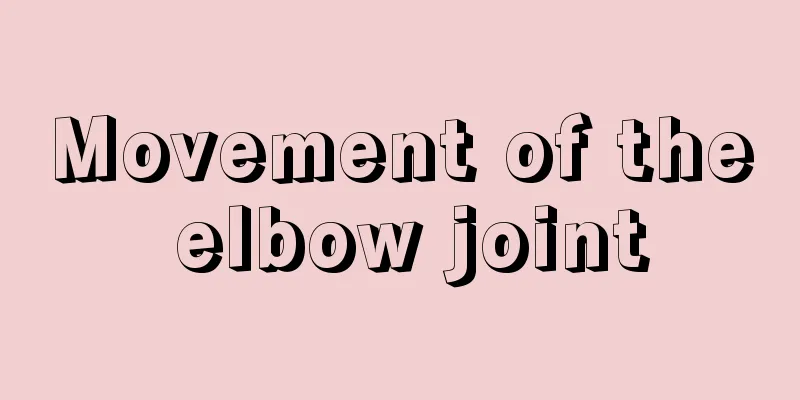
|
The elbow joint is a very important joint in our body. When we do a lot of exercises, we need to rely on the movement of the elbow joint. Therefore, before doing some more intense exercises, we need to do warm-up exercises to move our joints to avoid injuries during exercise. Most of the exercises for training elbow joints are exercises to train some flexibility. So what are the exercises for elbow joints? Elbow Movement: The elbow is a compound joint. It consists of three single joints: the humero-ulnar joint, the radiohumero-humero joint, and the proximal radio-ulnar joint, which are all enclosed in one joint capsule. 1 Humerulo-ulnar joint: It is composed of the trochlear notch of the humerus and the trochlear notch of the ul It is a pulley joint and can flex and extend around the frontal axis. 2. Humeroradial joint: It is formed by the articular concavity of the capitellum of the humerus and the head of the radius. It is a ball and socket joint that can perform flexion, extension, and rotation. Due to the restriction of the humero-ulnar joint, abduction and adduction movements cannot be performed. 3 Proximal radioulnar joint: It is composed of the annular articular surface of the radius and the radial notch of the ulna. It is a cylindrical joint and can only perform internal and external rotation. The above three simple joints are enclosed in a joint capsule to form a joint cavity, thus constituting a compound joint. Both structurally and functionally, the humero-ulnar joint is the dominant joint of the elbow. Therefore, the main form of movement of the elbow joint is flexion and extension, followed by the joint movement of the proximal radioulnar joint and the distal radioulnar joint to complete the internal and external rotation of the forearm. The average flexion and extension range of the elbow joint is 135-140°. Because the joint axis of the humeral pulley is tilted inward and downward, when the forearm is extended, an outward angle is formed between the forearm and the midaxis of the upper arm, which is called the carrying angle, about 15°. 4 Ligaments of the elbow joint: There are three ligaments that strengthen the joint, they are: (1) Radial collateral ligament: located on the outside of the joint capsule. It originates from the lateral epicondyle of the humerus, divides into two bundles, wraps around the radial head from front to back, and ends at the anterior and posterior edges of the radial notch of the ulna. (2) Ulnar collateral ligament: Located on the medial side of the joint capsule, it originates from the medial epicondyle of the humerus and ends at the medial edge of the trochlear notch of the ulna. (3) Radial annular ligament: It is ring-shaped, with both ends of the ligament attached to the ulna and wrapping around the radial head. All ligaments are not connected to the radius, so they do not hinder the pronation and supination movement of the radius. The structure of the elbow joint, the ligaments of the elbow joint, the annular ligament of the upper end of the ulna and the radius @----Muscles involved: A. The upper arm muscles mainly move the elbow joint and are divided into two groups: anterior and posterior. The anterior group is the flexor muscles, mainly the biceps and brachialis; the posterior group is the extensor muscles, mainly the triceps. (1) When the biceps brachii contracts, it mainly flexes the elbow joint and supinates the forearm, and can also assist in flexing the shoulder joint. (2) The brachialis muscle is located deep to the biceps brachii. Flex the elbow joint when contracting. (3) The triceps brachii has three heads at its origin. When contracted, the elbow joint is mainly extended. B. The forearm muscles are located around the radius and ulna. It is divided into two groups, anterior and posterior. The anterior group is the flexor group and the posterior group is the extensor group. The belly of the forearm muscles is mostly in the upper part of the forearm, forming a slender tendon downward and crossing more than two joints. Mainly acts on the elbow joints, wrist joints and hand joints. In addition to extensors and flexors, humans also have rotators, such as the pronator teres and pronator quadratus in the anterior group, and the supinator in the posterior group. This is important for the dexterity of the hands. |
<<: Effects of exercise on the blood
>>: Is it necessary to go to the gym to exercise?
Recommend
Will push-ups generally make you taller?
Nowadays, many people like to exercise by doing p...
What are the disadvantages of skipping rope to lose weight?
We have always known that skipping rope is actual...
What stretching exercises should you do before running?
In this era, many people like running very much. ...
Is there any benefit of running at night for insomnia?
Many people may have problems such as insomnia at...
Does running in place really work?
Generally speaking, the air quality for people li...
How to lose weight by running?
Many people want a perfect figure and curves, but...
What are the twisting poses in yoga?
Yoga is a very good fitness exercise. Although it...
How to speed up the metabolism of your legs?
It is every girl's dream to have perfect leg ...
How to do yoga headstand
There are many yoga postures and they are complex...
How fast can you lose weight by skipping rope?
Although everyone is familiar with the method of ...
How to stretch your muscles after exercise
When we do some strenuous exercise, our muscles w...
How long is the best time to jog for weight loss?
Now with the development of society, more and mor...
How do women exercise their waist?
The importance of the waist to us is self-evident...
What kind of exercise can keep you fit?
With the continuous development of real society, ...
Exercise system muscles back muscles training method
A tall, strong and muscular man will be very popu...

